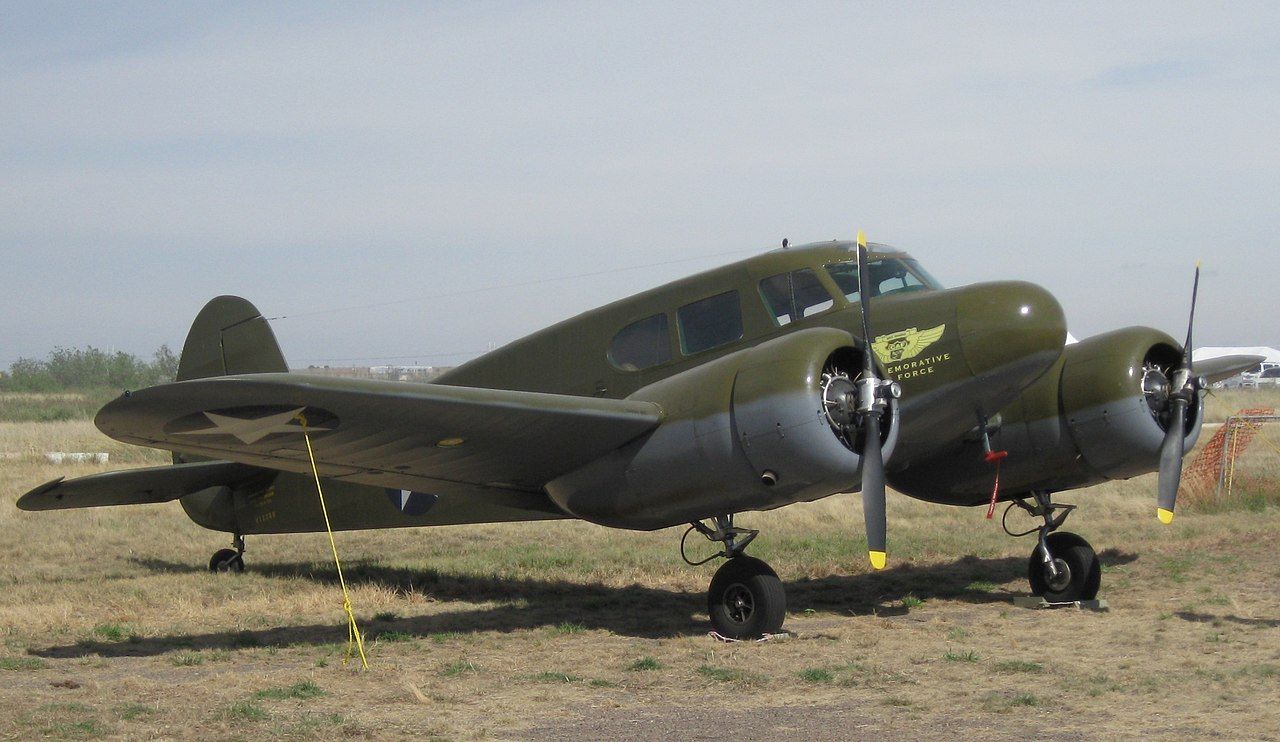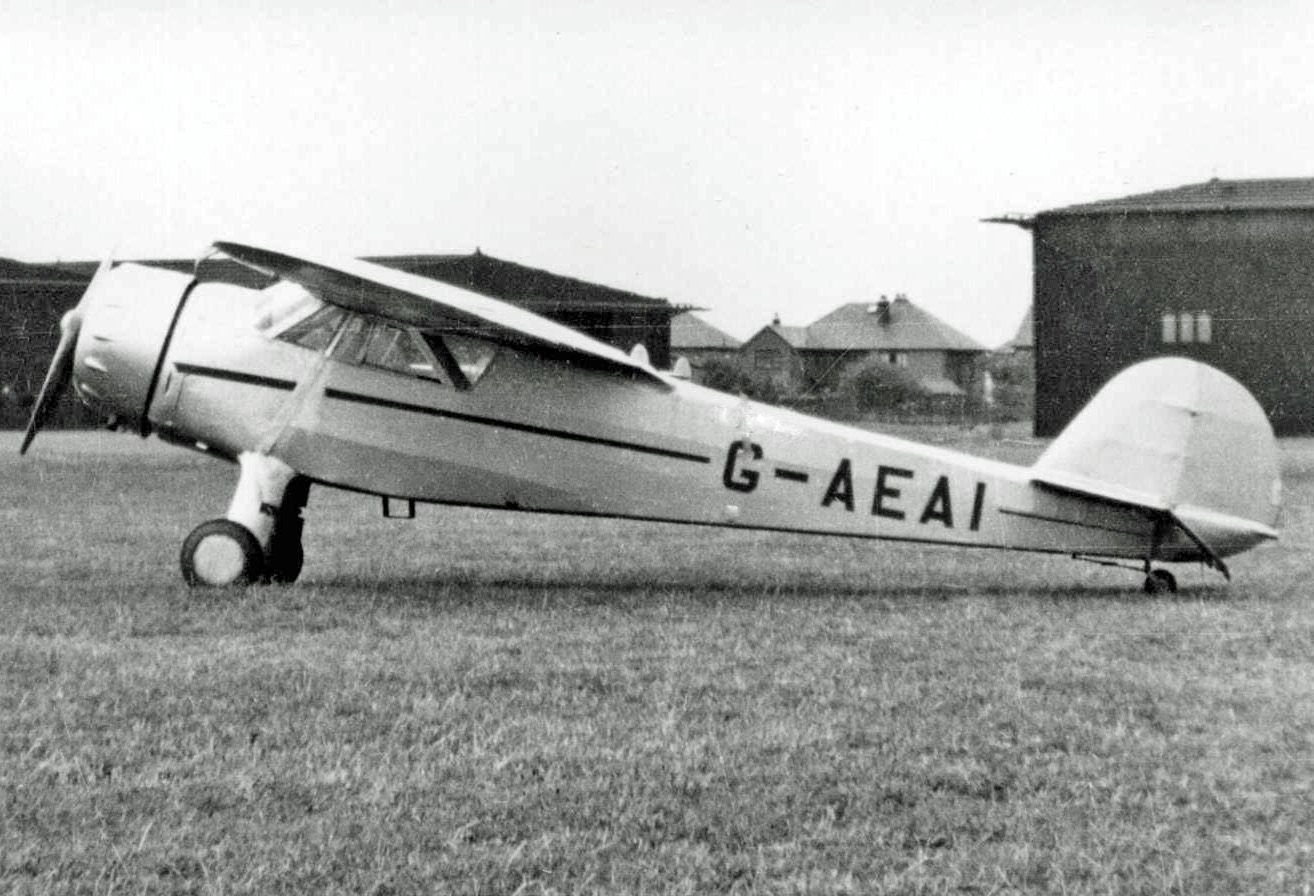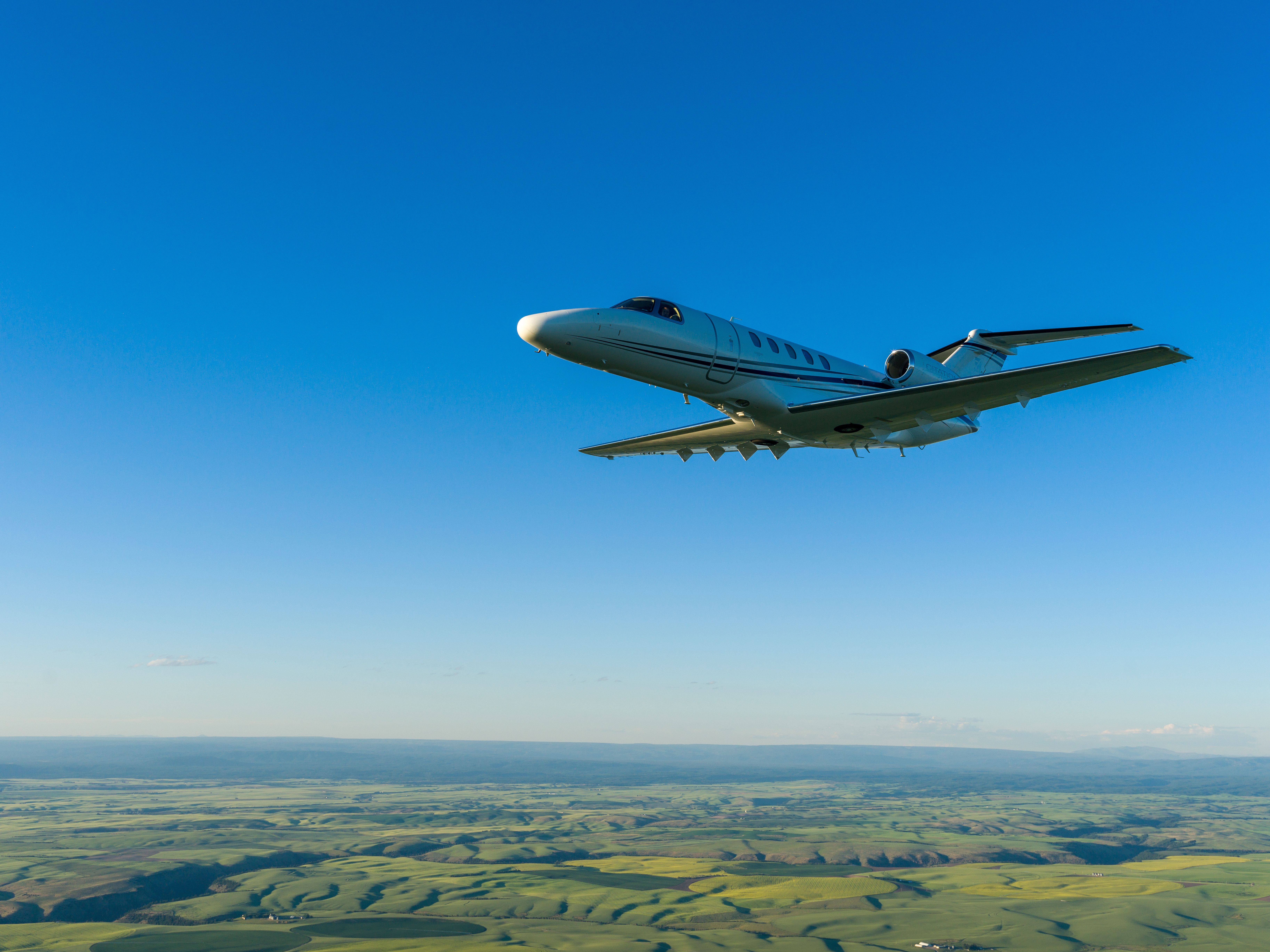Owned by Textron Aviation since 2014, the company that also bought Beechcraft Cessna can trace its long history back over 90 years to 1927. It was initially founded by Clyde Cessna, a Kansas farmer, and Victor Roos, a distributor of Harley-Davidson pedal cycles; Cessna was a keen pilot who wanted to build planes. The partnership lasted only a month before Roos had Cessna buy his share of the business.
Cessna then set up a factory to build wood and fabric planes in Enid, Oklahoma, so that he could test the aircraft in what is now Salt Plains State Park Salt Flats. When his bankers refused to fund Cessna further, he shut his Oklahoma workshop and moved back to Kansas. On Tuesday, October 29, 1929, the stock market plummeted, sending America into what would be called “The Great Depression.”
Cessna’s nephews purchased the company in 1934
Unable to raise the funds to stay in business, the Cessna Aircraft Company ceased operations in 1932. Two years later, Cessna’s two nephews purchased what remained of the company from their uncle and began working on a seaplane fitted with aluminum Edo floats.
In 1940, Cessna received its first significant contract from the US Army Air Force for 33 twin-engine Cessna T-50 trainers. Later that year, the Canadian Royal Air Force ordered 180 aircraft. During World War Two, like all aircraft manufacturers, Cessna was involved in the war effort but once over re-tooled and began building all-metal planes.
The Cessna 172 is one of the most successful aircraft of all time
In 1948, the company introduced the Cessna 140, a single-engine, two-seat aircraft that the US Association of Flight Instructors voted “Outstanding Plane of the Year.” Building on the plane’s success, the Cessna 172 came along in 1956 and became the most successful aircraft ever built.
Faced with competition from the Learjet 23 and the Aero Commander 1121 Jet Commander, Cessna decided it would need to build small business aircraft. Cessna studied the market well and concluded that there would be a demand for a small jet that was easy to fly and not too expensive. Wanting to appeal to the kind of customer who purchased Cessna aircraft, the company knew that it would need to be able to operate from small runways.
Powered by two Pratt & Whitney Canada JT15D-1 turbofan engines, the Cessna Citation I made its maiden flight on September 15, 1969. In the early 1980s, Cessna began working on the Cessna 208 Caravan and a Cargomaster freighter variant for FedEx. The prototype aircraft made its maiden flight on December 9, 1982, and was certified by the Federal Aviation Administration (FAA) in October 1984.
General Dynamics buys Cessna
In 1985, Virginia-based defense contractor General Dynamics Corporation (GD) bought Cessna and made it a wholly-owned subsidiary. Seven years after buying Cessna, General Dynamics sold its subsidiary to the Providence, Rhode Island-based industrial conglomerate Textron Inc.
Photo: Textron
In 2007, Cessna announced that, for several reasons, its all-new Cessna 162 would be manufactured in China by the Shenyang Aircraft Corporation, which the Chinese government owned. Of course, the move could have gone better with Cessna’s customers, who wanted an aircraft built by American workers.
Cessna was hit hard by the 2008 recession
Following the recession of 2008, Cessna laid off half of its workforce as the demand for small aircraft declined. Fast-forward to 2023, and the Cessna name remains one of the world’s most commonly known private aircraft brands. Before flying other aircraft, many pilots were introduced to flying in a Cessna 172. Cessna continues to build recreational aircraft and private business jets that are leaders in their marketplace.




